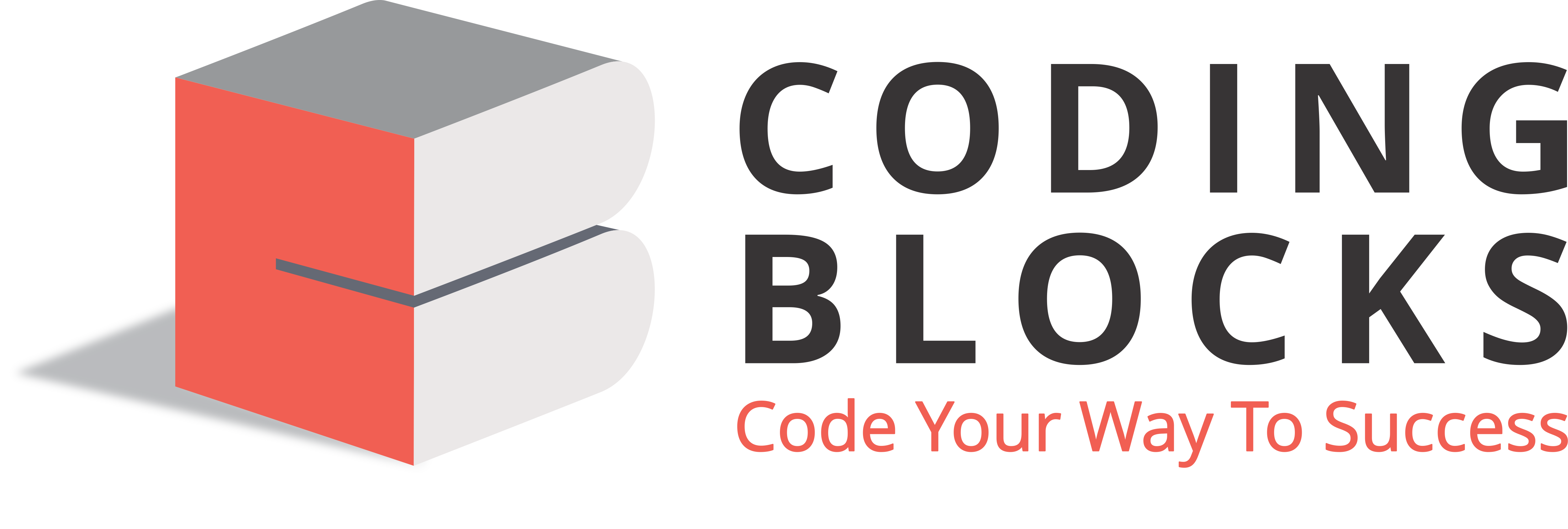Imagine you have a special keyboard with the following keys:
Key 1: Prints ‘A’ on screen
Key 2: (Ctrl-A): Select screen
Key 3: (Ctrl-C): Copy selection to buffer
Key 4: (Ctrl-V): Print buffer on screen appending it
after what has already been printed.
If you can only press the keyboard for N times (with the above four
keys), write a program to produce maximum numbers of A’s. That is to
say, the input parameter is N (No. of keys that you can press), the
output is M (No. of As that you can produce).
Input: N = 7
Output: 9
We can at most get 9 A’s on screen by pressing
following key sequence.
A, A, A, Ctrl A, Ctrl C, Ctrl V, Ctrl V
Input: N = 11
Output: 27
We can at most get 27 A’s on screen by pressing
following key sequence.
A, A, A, Ctrl A, Ctrl C, Ctrl V, Ctrl V, Ctrl A,
Ctrl C, Ctrl V, Ctrl V
Can you explain the solution please
/* A recursive C program to print maximum number of A’s using
following four keys */
#include <stdio.h>
// A recursive function that returns the optimal length string
// for N keystrokes
int findoptimal(int N)
{
// The optimal string length is N when N is smaller than 7
if (N <= 6)
return N;
// Initialize result
int max = 0;
// TRY ALL POSSIBLE BREAK-POINTS
// For any keystroke N, we need to loop from N-3 keystrokes
// back to 1 keystroke to find a breakpoint 'b' after which we
// will have Ctrl-A, Ctrl-C and then only Ctrl-V all the way.
int b;
for (b = N - 3; b >= 1; b--) {
// If the breakpoint is s at b'th keystroke then
// the optimal string would have length
// (n-b-1)*screen[b-1];
int curr = (N - b - 1) * findoptimal(b);
if (curr > max)
max = curr;
}
return max;
}
